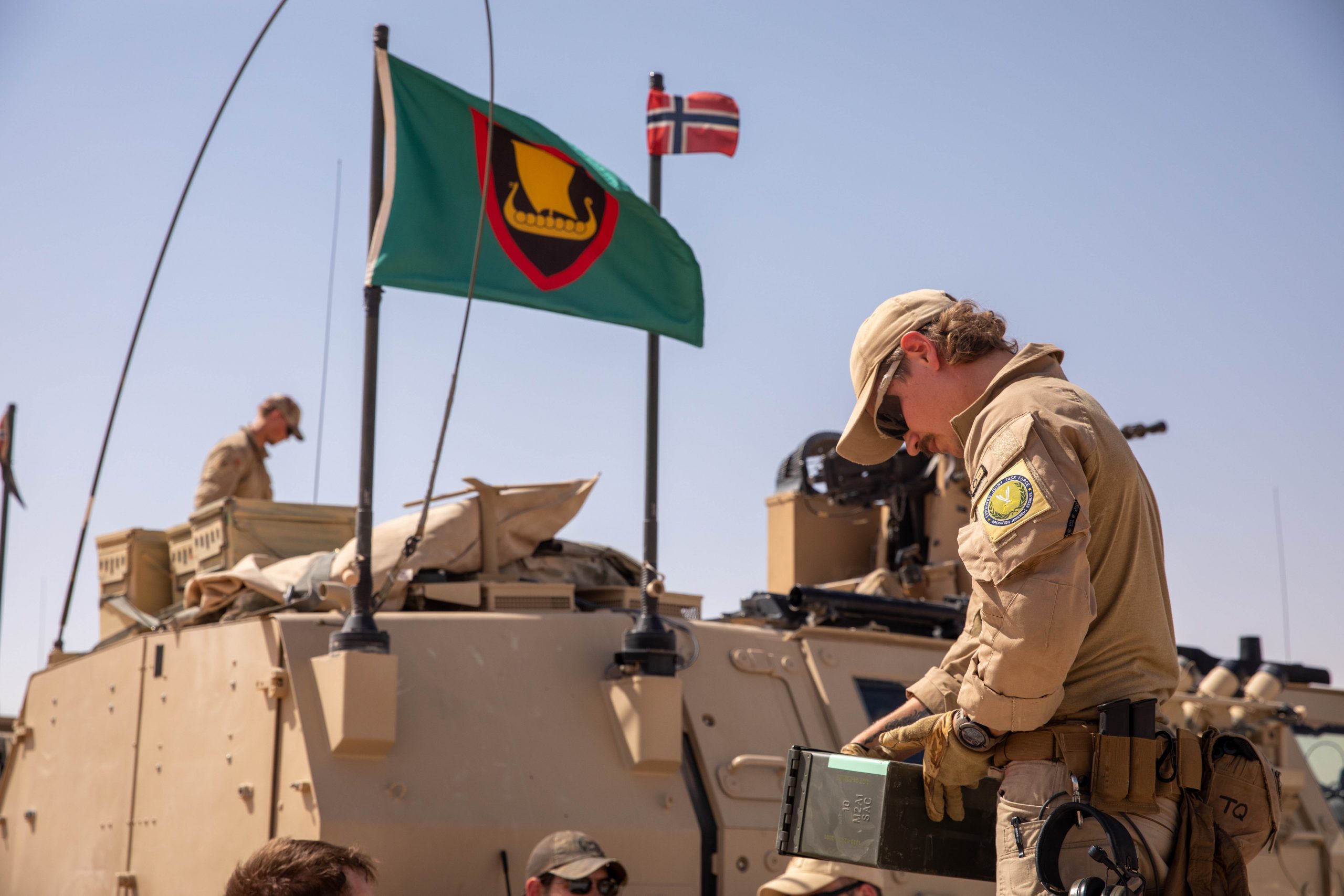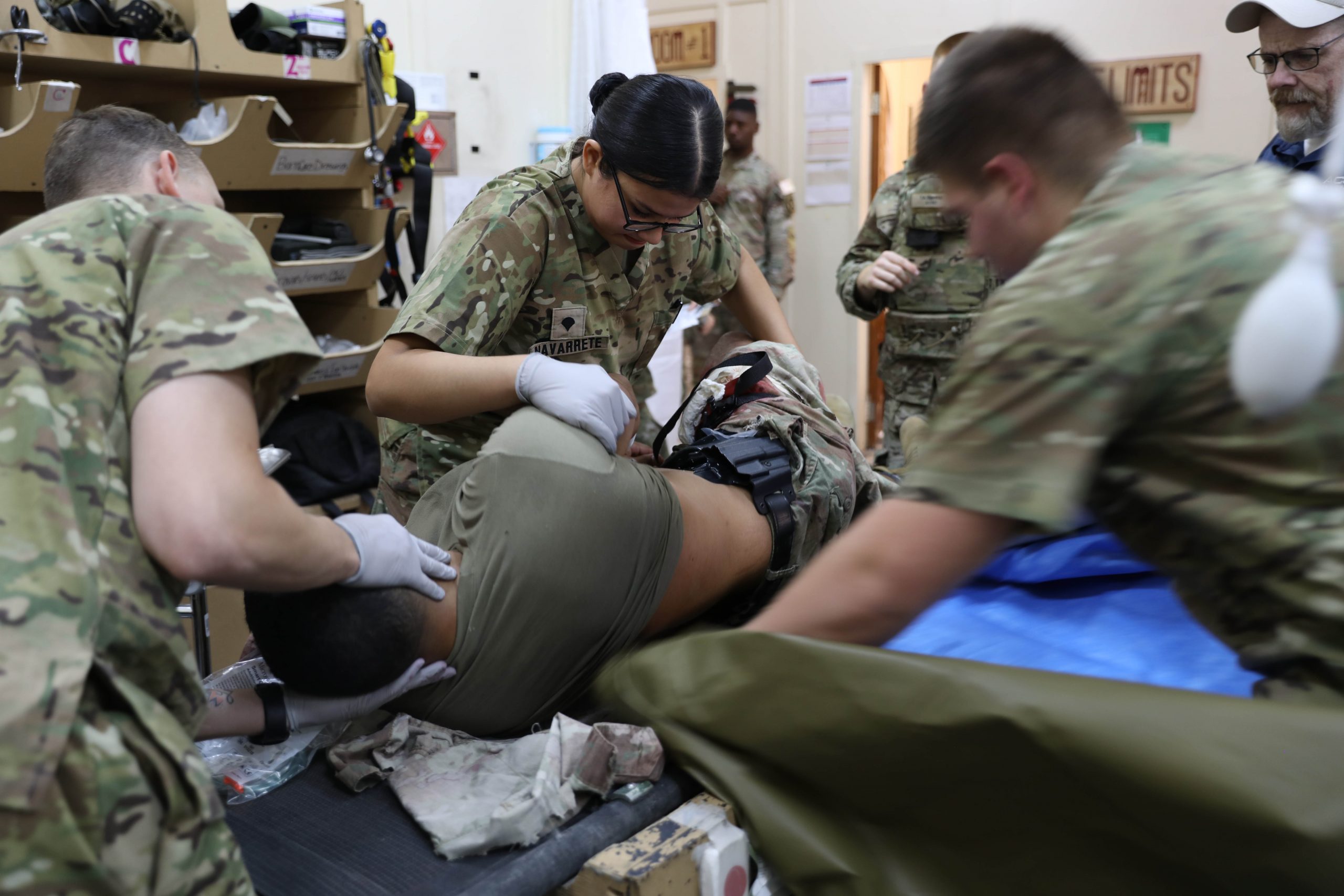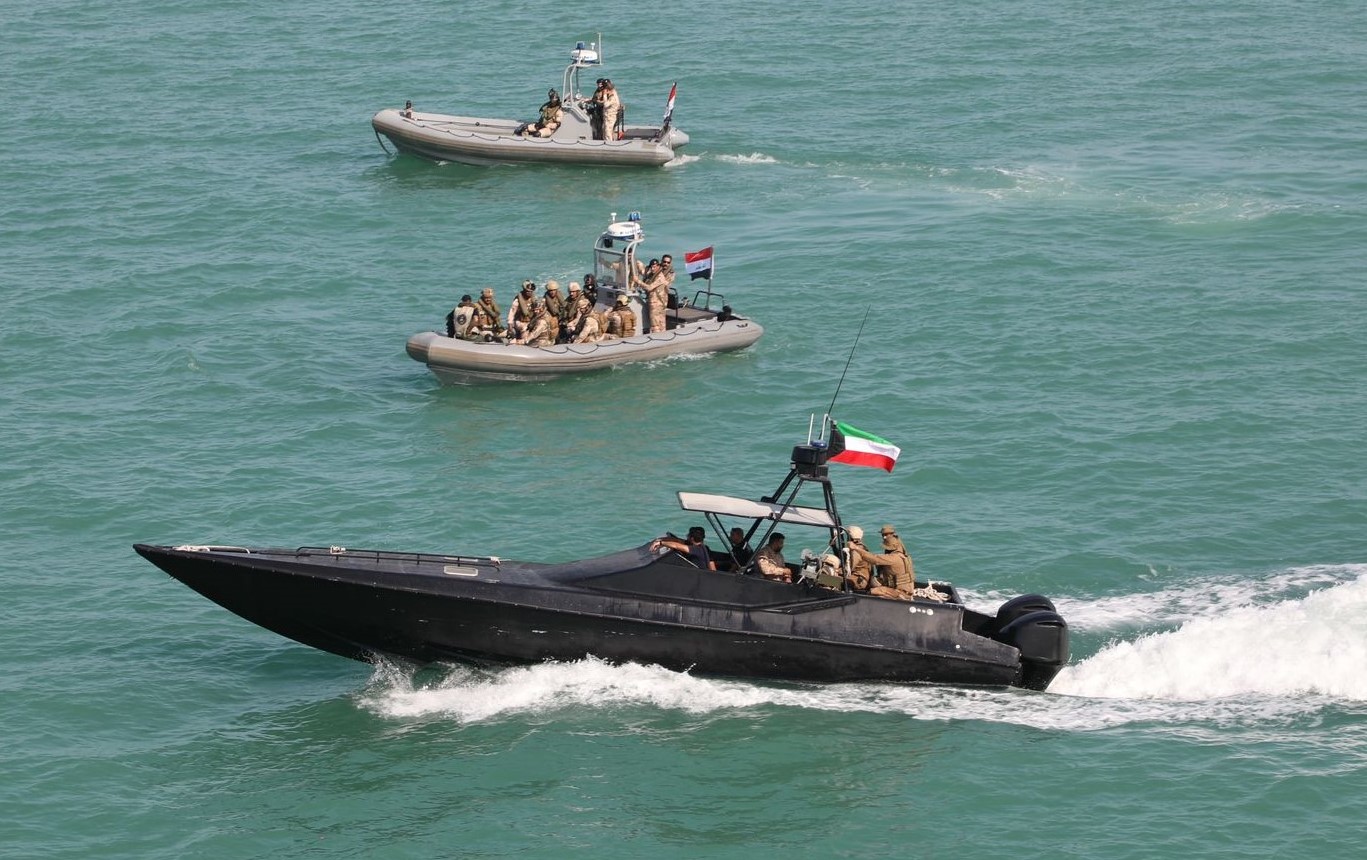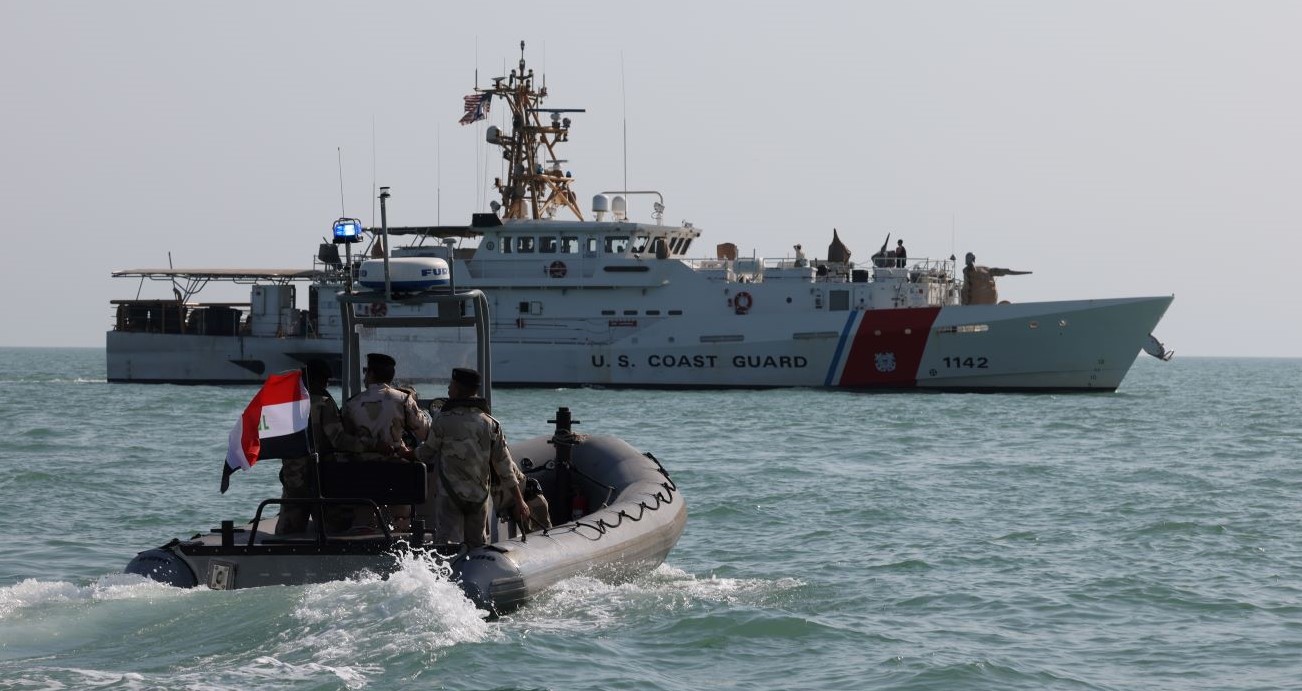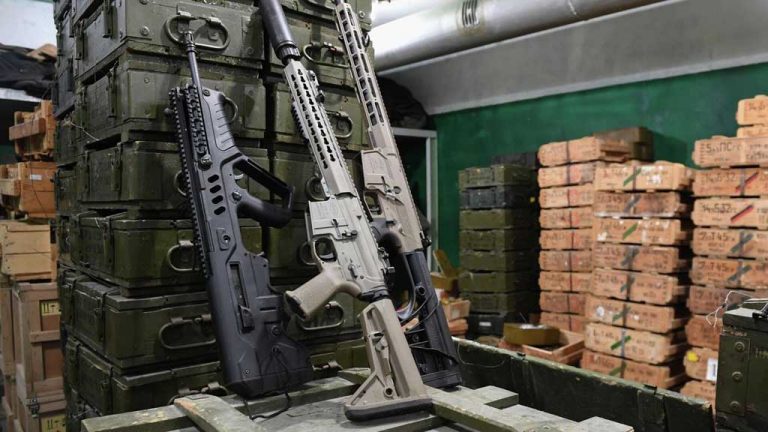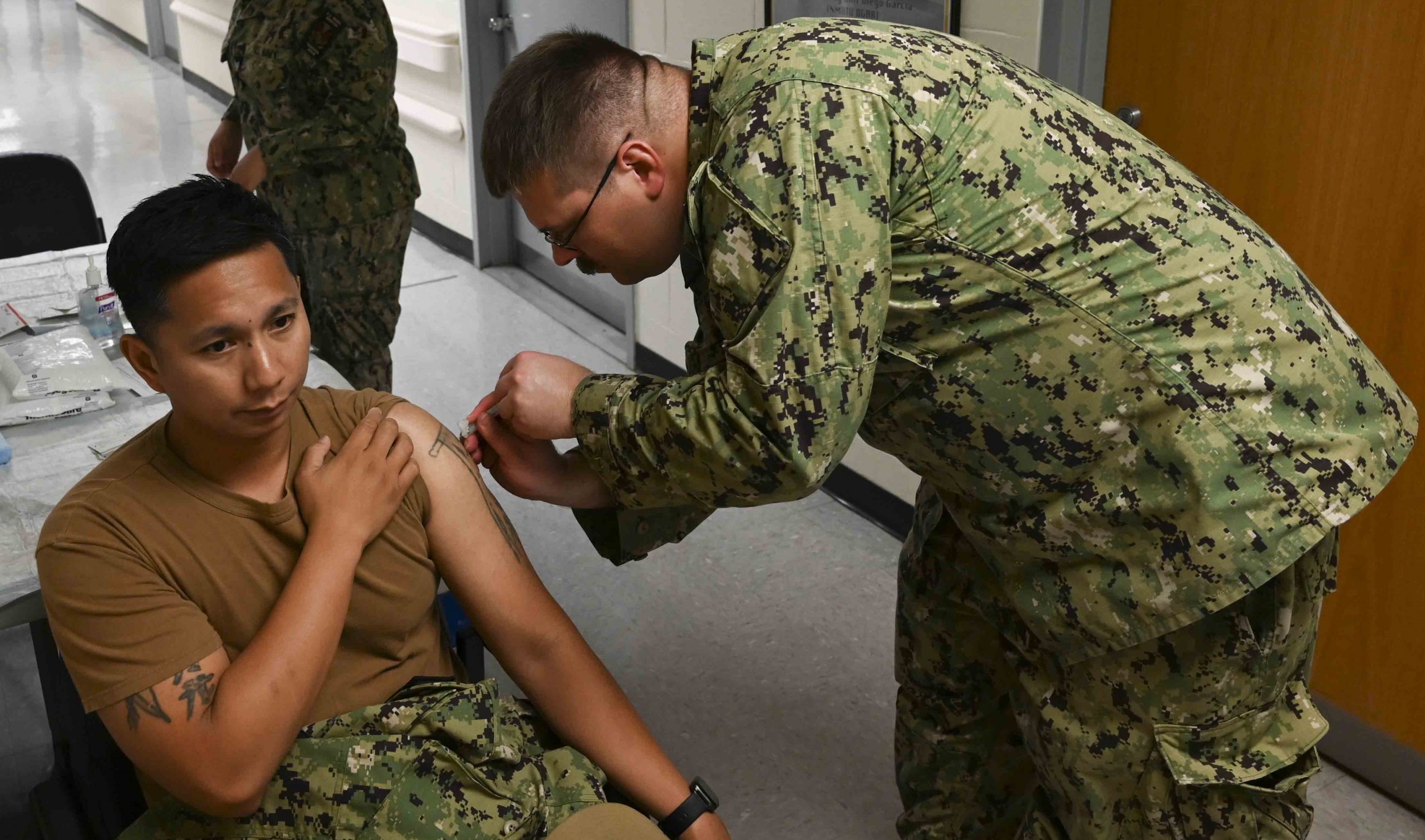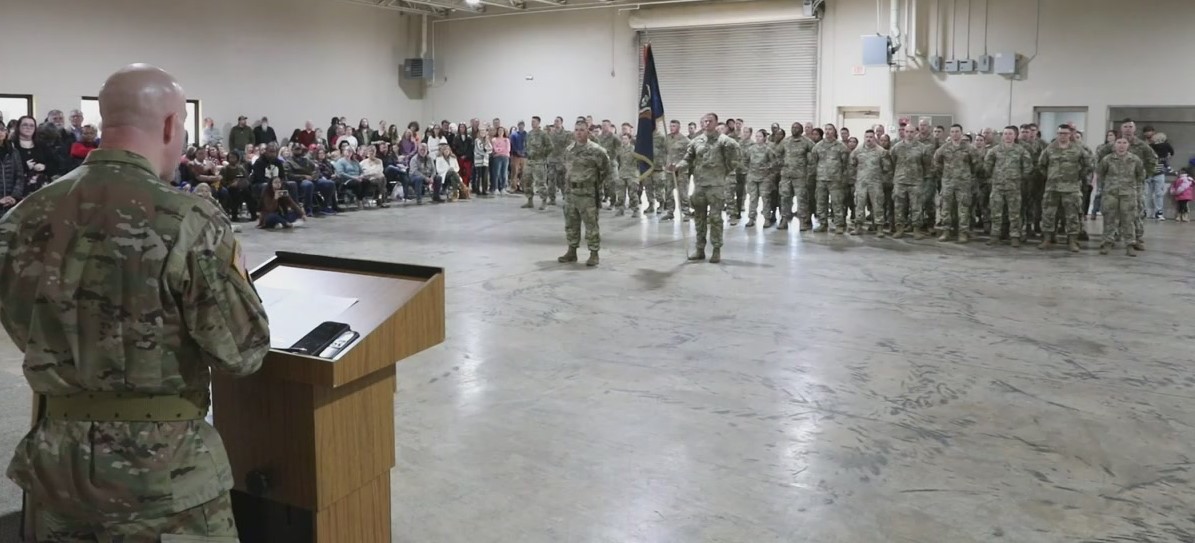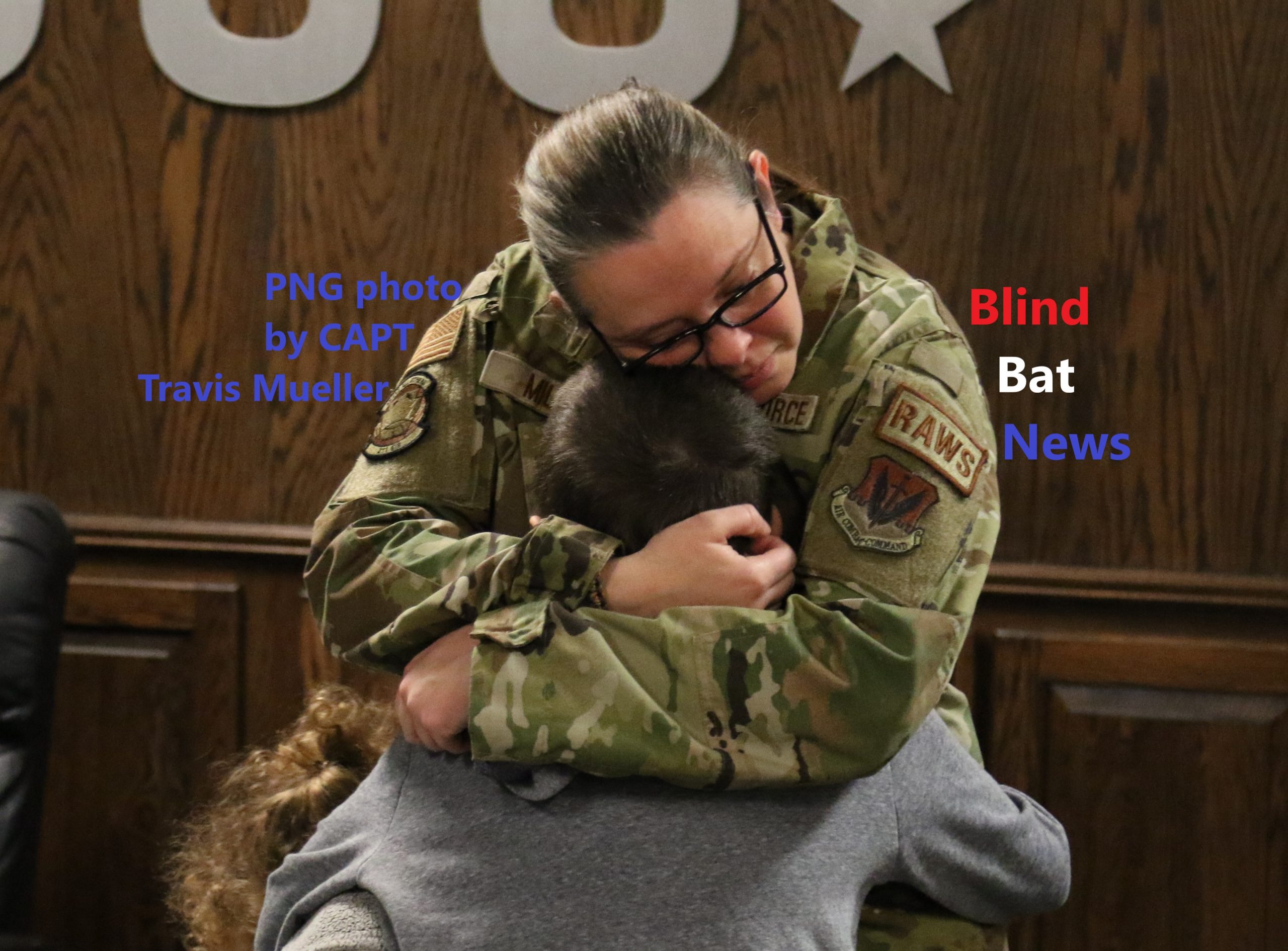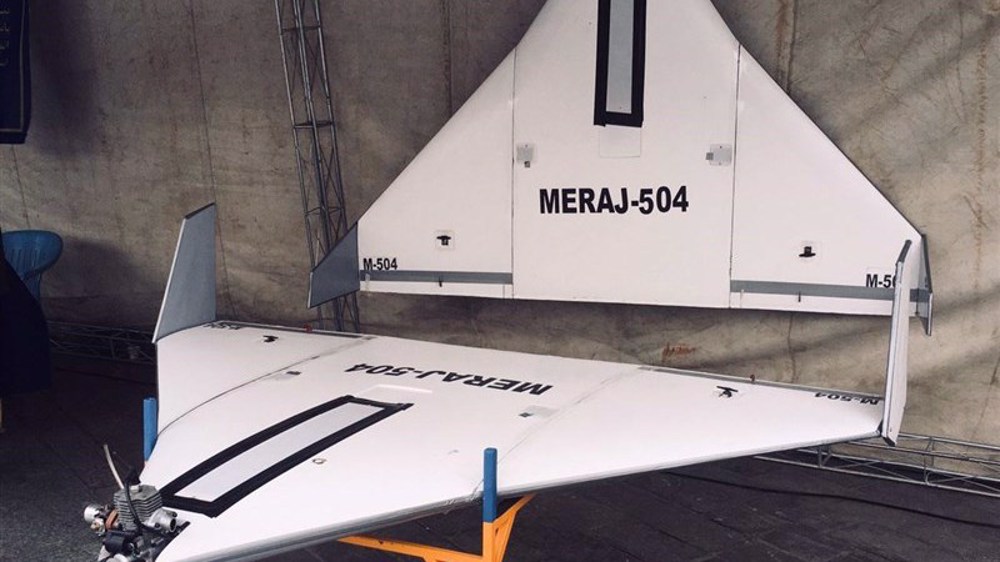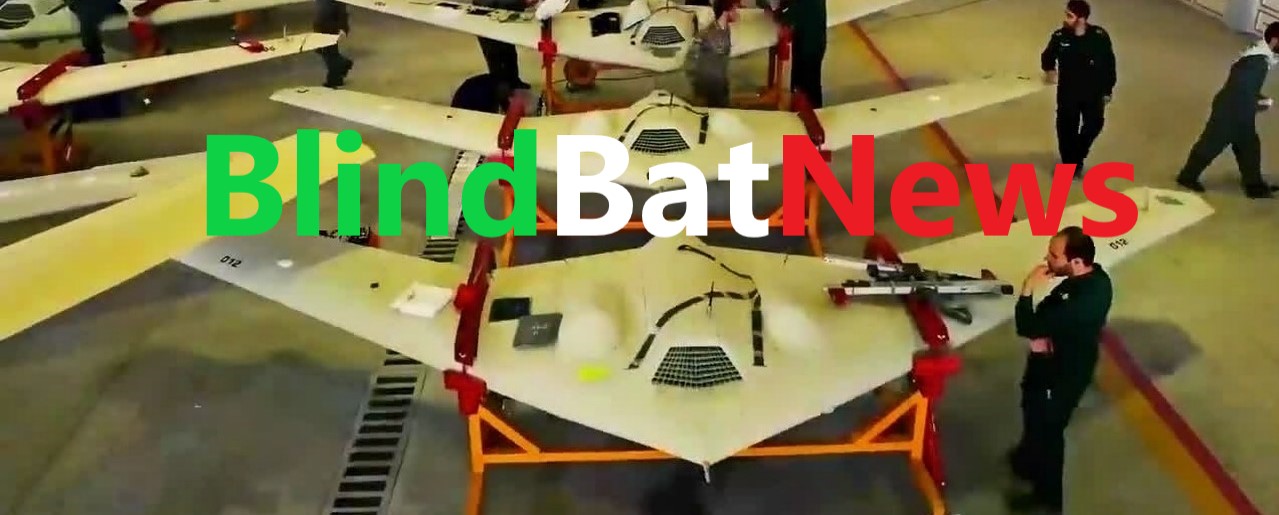“Our history, our guns and our rockets are with you! Everything we have is with you!”-Sayyed Hashem Safieddine, Executive Council of Lebanon’s Hezbollah, 08OCT2023
“We stand in solidarity with Palestinians and call for an immediate end to the violence and oppression by Israeli occupation forces.”-Jalil Abbas Jilani, Pakistan’s Caretaker Foreign Minister, 08OCT2023
On 08OCT2023, U.S. Secretary of Defense Lloyd J. Austin the Third announced that “I have directed the movement of the USS Gerald R. Ford Carrier Strike Group to the Eastern Mediterranean. This includes the U.S. Navy aircraft carrier USS Gerald R. Ford (CVN-78), the Ticonderoga-class guided missile cruiser USS Normandy (CG 60), as well as the Arleigh-Burke-class guided missile destroyers USS Thomas Hudner (DDG 116), USS Ramage (DDG 61), USS Carney (DDG 64), and USS Roosevelt (DDG 80). We have also taken steps to augment U.S. Air Force F-35, F-15, F-16, and A-10 fighter aircraft squadrons in the region. The U.S. maintains ready forces globally to further reinforce this deterrence posture if required.”
“Indonesia is deeply concerned with the escalation of conflict between Palestine and Israel. Indonesia urges the immediate end of violence to avoid further human casualties. The root of conflict, namely the occupation of the Palestinian territories by Israel, must be resolved…”-Indonesian Ministry of Foreign Affairs, 08OCT2023
On 08OCT2023, people in war-torn Yemen took to the streets to show support for Palestine:
As of 08OCT2023, The Times of Israel reports more than 7-hundred Israelis killed, at least 2-thousand-2-hundred Israelis wounded, more than 1-hundred kidnapped!
On 08OCT2023, people in oil-rich Kuwait took to the streets to show support for Palestine:
Cuba’s Foreign Ministry demands the UN Security Council ends 75 years of Israeli aggression.
On 07OCT2023, an Israeli airstrike hit the Indonesia Hospital located in Beit Lahia, Gaza Strip: “The direct attack on the Indonesia Hospital complex in Beit Lahia, Gaza Strip on Saturday appears to amplify how in the Israel-Palestine war, international humanitarian law is never under consideration for Israel.”-Medical Emergency Rescue Committee, a Indonesian nongovernmental organization
Ezzedine al-Qassam Brigades of Hamas released this silent drone video showing how they use drones (R/C aircraft) to bomb Israeli soldiers:
Russian news outlet ANNA News released this video of Israeli anti-aircraft missile system intercepting Palestinian rocket artillery, over Holon, Israel, 07OCT2023:
Israelis post video of immediate aftermath of Palestinian rocket artillery strike, 07OCT2023:
On 06OCT2023, the Associated Press revealed that Israel was behind the violent Nagorno-Karabakh humanitarian combat operation!
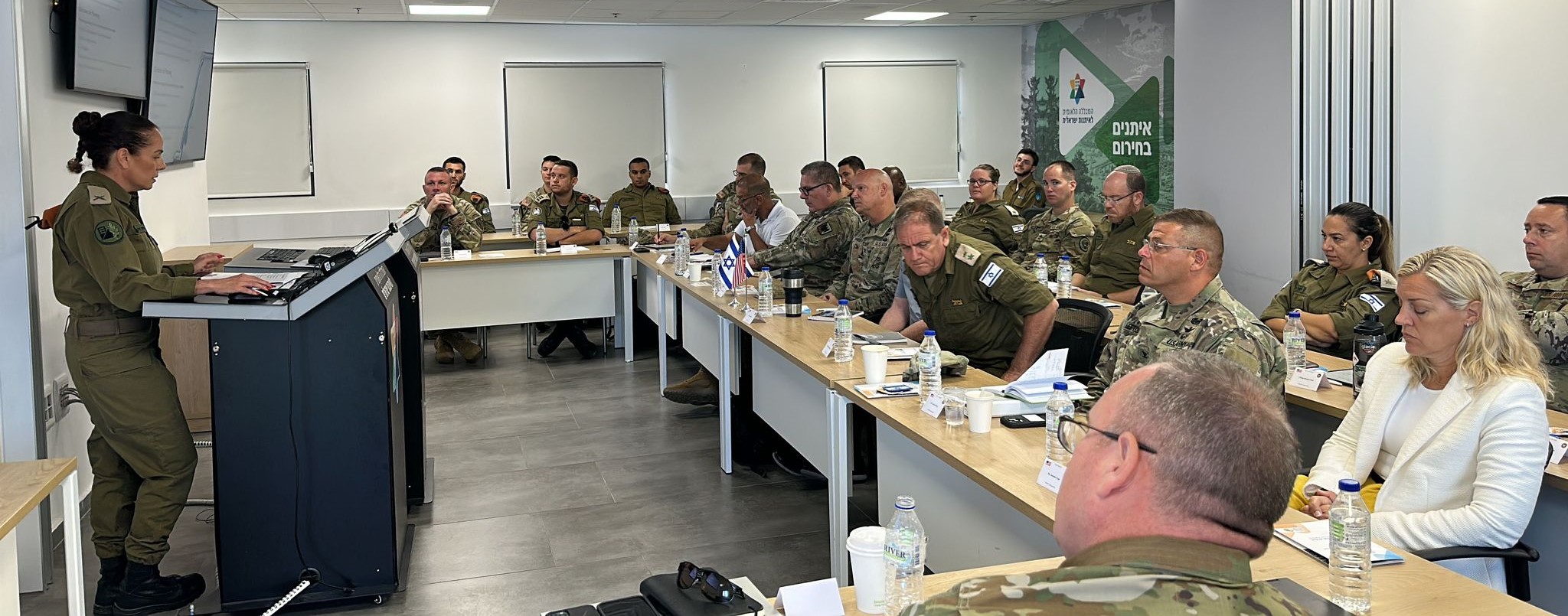
Massachusetts Air National Guard photo, 25JUL2023.
On 22SEP2023, it was revealed by the U.S. Department of Defense that the Massachusetts Air National Guard’s 102nd Intelligence Wing attended a ‘secret’ National Guard Bureau-Home Front Command Annual Planning Conference in Ramla, Israel, from 22-28 July 2023! Home Front Command (HFC) is Israel’s domestic response force, which augments local authorities to protect civilian populations during emergency situations. The Massachusetts Air National Guard has been working with HFC since 2017!
The ancient empire of Babylon covered and area from present day Israel in the West, to Iran in the East. “‘Fallen! Fallen is Babylon the Great!’ She has become a dwelling for demons and a haunt for every impure spirit, a haunt for every unclean bird, a haunt for every unclean and detestable animal. For all the nations have drunk the maddening wine of her adulteries. The kings of the earth committed adultery with her, and the merchants of the earth grew rich from her excessive luxuries.”-from Revelation 18 (supposedly King James Bible)
Armageddon Begins?:  IRAN & LEBANON BACK ‘AL AQSA STORM’!
IRAN & LEBANON BACK ‘AL AQSA STORM’!



